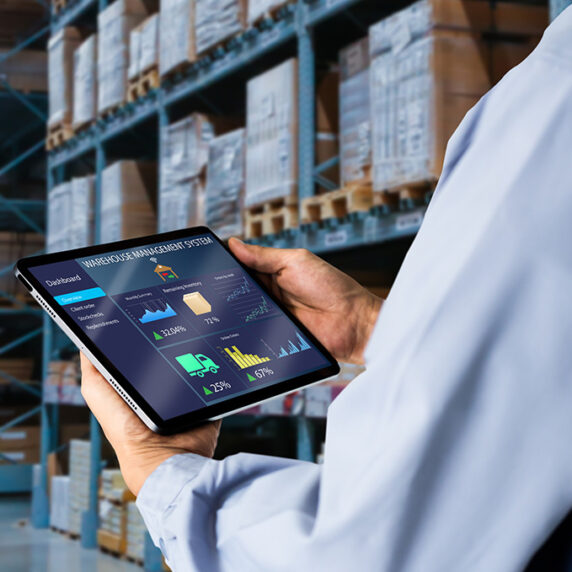How Do You Plan for the Unpredictable? Advice for Supply Chain Planners in 2020
ToolsGroup’s GM of North America, David Barton, sat down for a video interview with Robert Bowman, managing editor at Supply Chain Brain, to share anecdotes and advice for supply chain planners in a year no one could have planned for.
What are your customers experiencing this year in the wake of COVID-19?
For some businesses, demand is soaring. For others, demand has fallen off almost completely. We have some customers experiencing both in different parts of their business. All these scenarios of course create huge demand fluctuations companies need to deal with that differ completely from their historical demand forecasts.
With all of these scenarios, companies are facing changing demand and re-evaluating service levels and stocking decisions.
Of course, demand forecasts are the biggest concern people have. They need to apply corrective actions for the forecast for next year. We’re in new territory here—there’s no correlative data—so you need to look closely at what’s happening in sales week to week and react quickly to apply corrective actions.
What’s been a particular challenge for these organizations?
Inventory (and therefore customer service level attainment) has faced unprecedented stress this year. This requires companies to make faster proactive decisions across all of their SKUs and locations in order to make the best use of available inventory given the new constraints of supplier performance and demand variability. These service decisions are influenced by competitors as well, so you need to evaluate them too.
Overall, we’re hearing from a lot of companies who are realizing how critical it is to digitize planning decisions and want to get their planning processes into shape so they can react faster to the next major disruption.
Are you observing different responses across industry verticals?
Yes, we’re seeing industries prioritizing different areas of their response in reaction to the particular challenges they’re facing.
One of our customers, kitchen equipment manufacturer Franke, has been using planning software to minimize supply chain disruption. Things like commercial overrides, exceptional demand filtering, adding dummy demand and factoring in the partial closure of sales calendars have enabled Franke to generate a more accurate forecast amid extreme demand changes.
Another of our customers, McDonald’s Mesoamérica, had of course seen a reduction in volume and forecast uncertainty. Being able to see all their inventory by warehouse, location and item, in near real time, has really helped them manage this. They are also using short-term forecasting—instead of relying on four years of information, they use two days of information so they can quickly pivot to respond to rapid demand changes.
A final example I’ll share is a customer that’s a global leader in water, hygiene and energy technology. This company used daily demand variation reporting to understand daily under and overselling of products due to COVID. They also used machine learning to predict supply chain disruptions in several countries.
What’s your top advice for supply chain companies for the rest of 2020?
Supply chain practitioners should recognize that tough times are also some of the best times to elevate your business while others stand still. I’ll share a few of the recommendations we are making to our customers now.
- Look for quick wins—improve planning efficiency and reduce stock and other areas of waste so you can free up working capital to continue to invest in your people and in your company.
- Keep communication open. Be sure to involve all stakeholders and collect their input for the most accurate forecast. During the phased recovery, you’ll likely need to continue to revise the forecast weekly as you gather new demand data.
- Execute planner demand collaboration effectively so that necessary overrides to system automation can be made without losing the benefits of machine-driven planning.
- Communicate with your technology provider and peer companies to understand what’s working for others.
- Utilize what-if scenarios to continue to assess the impact of supply changes.
- Be creative! For some companies, this is a time to accelerate changes and adjustments to their business and supply chain models to make sure they are meeting changing demand requirements.
Despite all the challenges of this year, 2020 is really a great time for supply chain practitioners to highlight just how much they can do when they partner up with digital technology. Planners are really helping determine whether their companies will thrive or fail, and setting the stage for 2021.







